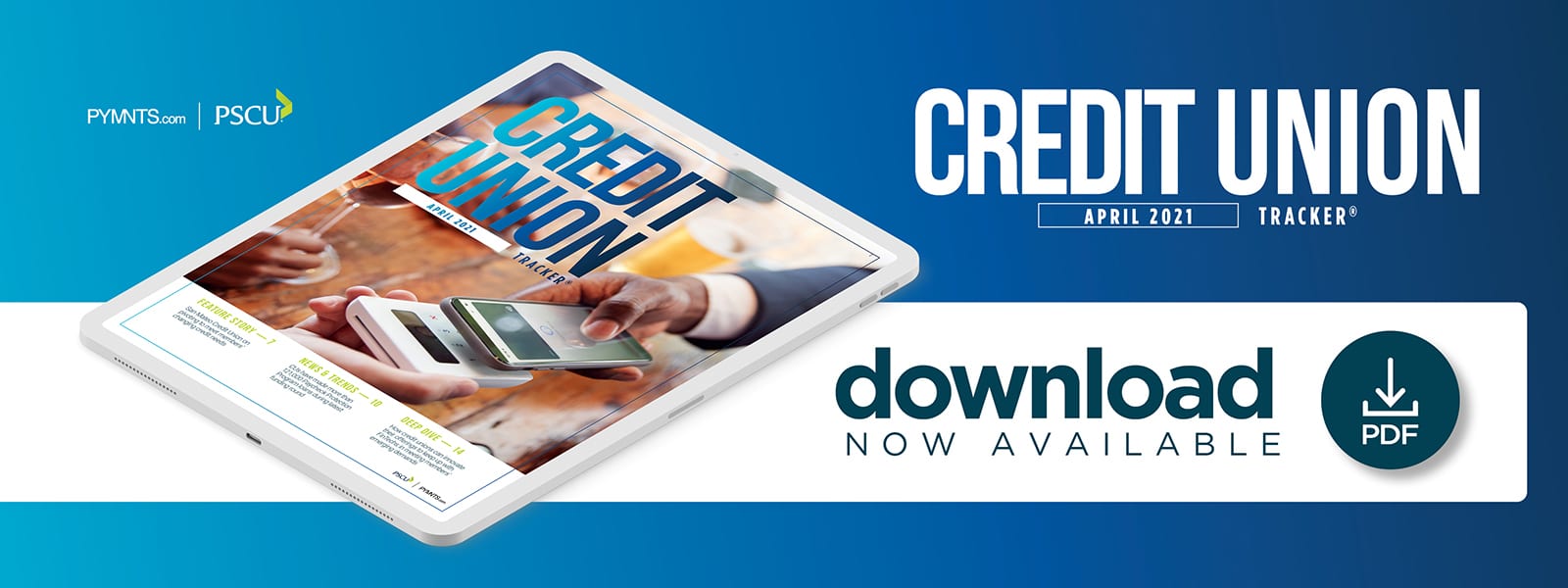San Mateo Credit Union On Pivoting To Meet Members’ Changing Credit Needs

The past year challenged credit unions (CUs) as in-branch visits slowed while the shift to online and mobile banking accelerated.
CUs have had to pivot to stay competitive with banks and FinTechs at every turn during the pandemic, not least of all in attempting to meet members’ changing credit needs. California-based San Mateo Credit Union (SMCU) is one CU that has had to innovate its credit offerings to fulfill its members’ most pressing demands at this time.
CUs can determine their members’ evolving needs for specific products and services in a number of ways, but SMCU President and CEO Wade Painter said in an interview with PYMNTS that he has found value in issuing a quarterly poll. The poll asks members to share whether they would recommend a product or service from the company on a scale from 0 to 10.
Painter also said that SMCU signed an 18-month contract with a branding company to conduct focus groups with both members and nonmembers to learn which offerings they want most in these challenging times. Mortgages were the most popular loan last year, up by 25 percent year over year due to the lowest rates in history. SMCU responded by funding about $400 million in mortgages last year, up from $300 million in 2019.
“The markets have really been focused on fixed-rate mortgages because of the low rates,” Painter explained.
The demand for auto loans, on the other hand, fell in 2020. Painter said the combination of members spending less, largely working from home and not traveling much reduced the need for vehicles.
New Loan Products Rollouts
The pandemic tabled some plans while bringing others to the fore for SMCU, which serves more than 100,000 members across seven branches south of San Francisco. Its seventh branch was opened in Half Moon Bay just before the pandemic began, but a 30 percent year-over-year drop in branch transactions put further expansion plans on hold.
“Right now, it just doesn’t make any sense to add another branch,” Painter said. “But we are in the process of adding an ATM in Brisbane, a community where we have no presence right now.”
Other, unique offerings meanwhile have taken off. The CU added a new product last year for property owners who are looking to add an in-law or guest house on their property, as many families sought to hunker down and quarantine together. These Accessory Dwelling Units (ADUs) are secondary, smaller dwellings on the same lot or attached to larger single-family homes.
The idea came from county officials seeking to jump-start new housing construction to meet the demands of buyers faced with the high prices and low inventory in the Bay Area. SMCU’s short-term financing is designed to help borrowers finance these units, as permitted by regulators, with interest-only loans, advanced monthly, for a maximum of one year. The CU has issued 10 of these types of loans to members so far.
“The various city governments streamlined the approval process to get these units built and asked lenders to provide the financing like a mini-construction loan, and we agreed,” he said. “We’re basically lending on the value of their primary, existing home.”
Jump-Starting Growth
With the unveiling of the Paycheck Protection Program (PPP) by Congress last year, SMCU’s local government also looked to roll out its own relief program to support small- to medium-sized businesses (SMBs). The fund, called San Mateo County Strong, has distributed $12 million in grants to SMBs, such as childcare providers.
“The county had the money and came to us to explore whether or not we can play a role,” Painter said. “As a result, we formed our own 501(c)(3), and in a matter of weeks, we received money from the county, foundations and large businesses, [as well as] entities who wanted to support this grant program.”
Offering timely, relevant products and services that support local communities can go a long way for CUs looking to bounce back in 2021 as members and businesses work to recover from financial hardships. Credit union service organization PSCU recently published five recommendations to help CUs grow as they forge ahead. This advice includes evaluating operational efficiency, leaning into digital experiences, assessing your CU’s customer relationship management data for insights and targeting, initiating marketing to help maintain member engagement and evaluating strategic opportunities to expand.
Tips such as these can help CU decision-makers address how best to pivot their own offerings.
